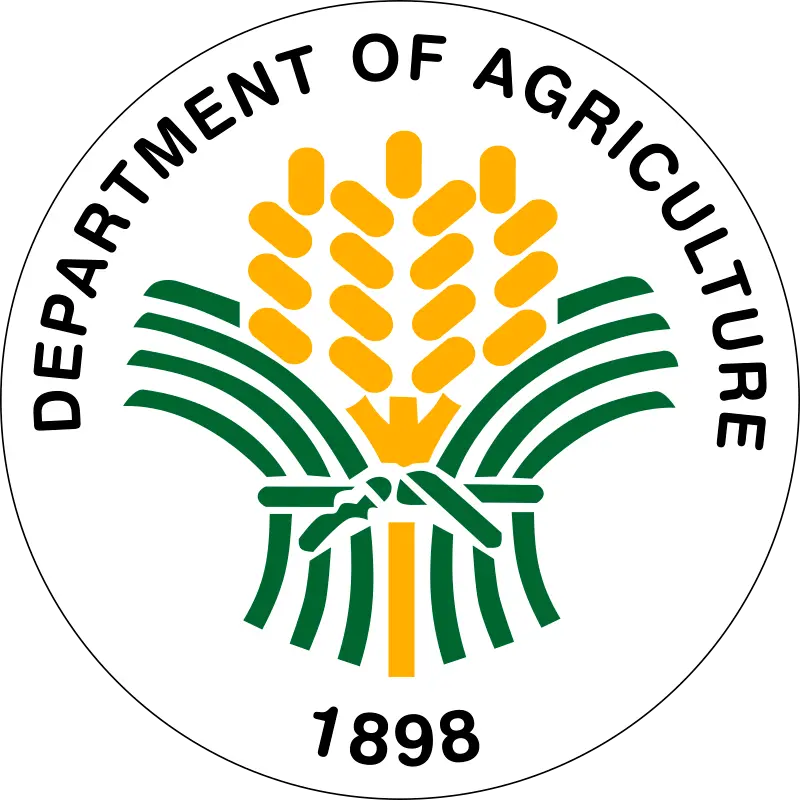| AD | ADSPP Year Formulated | Total land area | Population |
| Malita | 2018, enhanced 2022 | 42,435.90 ha | 44,280 |
A best practice is a method or technique that has been generally accepted as superior to alternatives because it tends to produce superior results.
The CADT No. R11-MAL-0609-119 Ancestral Domain of Blaan-Tagakaulo ICCs/IPs, Malita, Davao Occidental, Region XI as a project partner of the Department of Agriculture’s Mindanao Inclusive Agriculture Development Project has performed best practices in MIADP planning as observed and presented here chronologically.
March 26, 2024. The Engagement and Consultation with Indigenous Communities through a Community Assembly manifested inclusive participation as Free, Prior, and Informed Consent (FPIC) and respect for cultural practice were observed. The formulation process was participatory, involving elders, leaders, women, and youth from the community. Important inputs developed a framework that aligned with their needs and values.
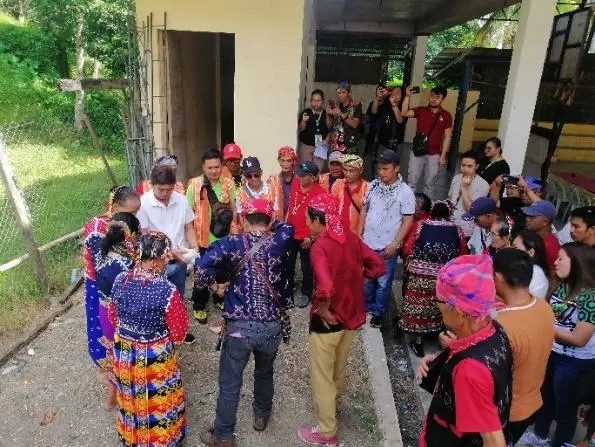
performed before the planning process which respects the community’s autonomy and decision-making rights. Their cultural practices were recognized which are incorporated through their traditional agricultural practices and knowledge. This includes planting cycles, crop varieties, and natural resource management techniques that have been passed down through generations.
On the same day, a Comprehensive Assessment Resource Mapping was conducted to identify the natural resources available within the ancestral domain, such as water sources, forest areas, arable land, and biodiversity hotspots, to document the cultural and historical significance of the land, including sacred sites, traditional territories, and historical land use patterns, and to assess the environmental conditions, including soil fertility, climate patterns, and ecological constraints, to ensure sustainable agricultural practices.
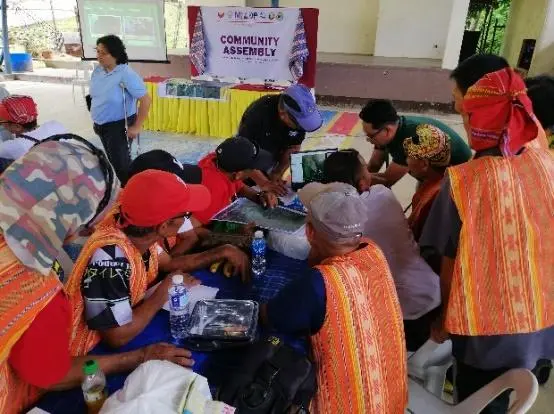
After the IP communities’ permission, the following activities ran smoothly such as data gathering through Focus Group Discussions, validation of secondary data through barangay consultations and one-on-one interviews with the members of the community; drafting of the ADAIF form, filling out Tables 1 to 8, and technical review by the representatives from MIADP Project Support Office (PSO), Regional Project Coordinating Office XI (RPCO XI), Technical Support Providers (TSP), National Commission on Indigenous People (NCIP) Region XI, and Malita’s Local Project Management Implementation Unit (LPMIU). These ensured the accuracy of all data presented in the said ADAIF tables. The finalized ADAIF was then submitted back to the IPS for validation and approval.
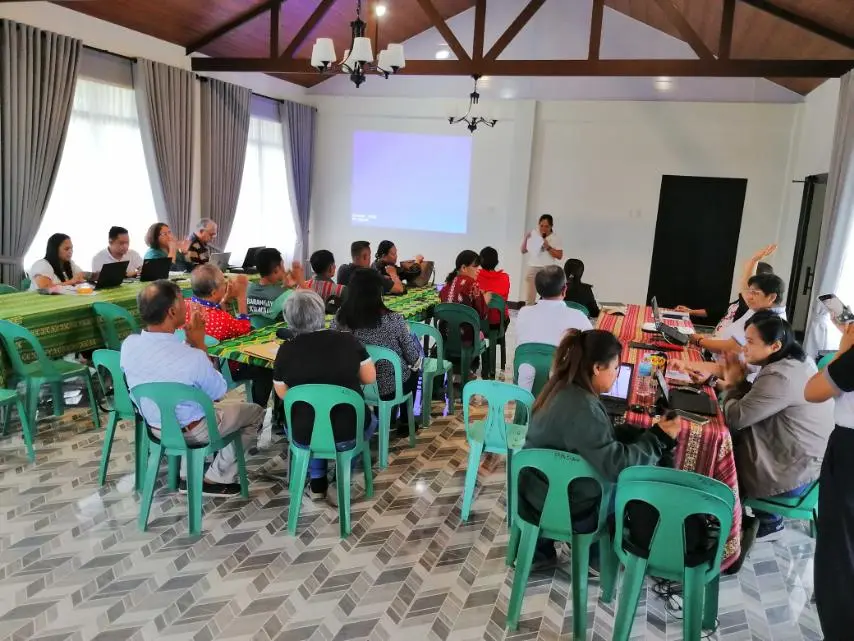
May 27, 2024. Presentation of final ADAIF to IPS, NCIP, and LPMIU. Presented in this activity are the key insights and recommendations, identified infrastructure and enterprise sub-projects (SPs) and their alignment to the needs of the IPs, introduction of the nominated Indigenous Peoples Organizations (IPOs) and their roles in the implementation process; and discussion on the counterpart support expected from the Local Government Unit (LGU) for the prioritized SPs.

June 11, 2024. The IP communities adopted the ADAIF at the signing ceremony held inside the NCIP Provincial Office.

July 31, 2024. The signing of the finalized ADAIF in Malita with (from left to right) Fulong Marcelino D. San, Blaan IPS Leader/Representative, and Bae Normal D. Cabal, Tagakaulo IPS leader/representative. Other leaders also signed as witnesses and confirmed that all data/information indicated from Tables 1 to 8 were true and correct.
Ways Forward
All the activities were done with consent and awareness that the prioritized enterprise and infrastructure projects would benefit the Blaan and Tagakaulo tribes.
Coming up in September 2024 is the presentation of the signed ADAIF to the Provincial Development Council for their approval then to the Sangguniang Panlalawigan (SP) of Davao del Sur. The local government’s acceptance through a resolution would help the IPs gain significantly from MIADP as it aims to reduce poverty, enhance social inclusion, and promote economic growth in Mindanao’s indigenous areas (Edited by CMKS with inputs and photos from Federico Cutamora, TSP-RA/AC of Malita, Davao Occidental).


